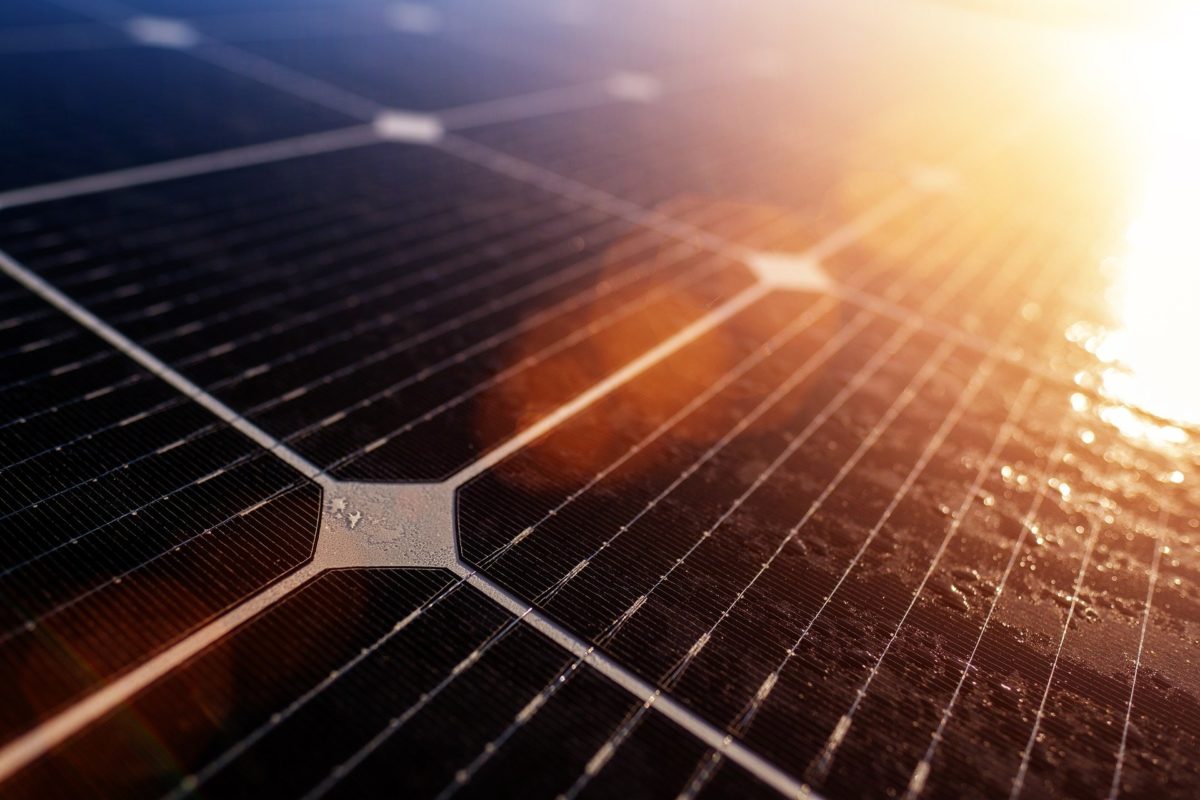Studies on the impact of panel shading on PV system output have long focused on large modules. Now, Chinese researchers are shifting the focus to single cells and two cells connected in series or in parallel. They described their findings in “Experimental study on the power losses of a single photovoltaic cell and two series and parallel connected cells with partial shadows,” which was recently published in the Journal of Renewable and Sustainable Energy.
The team applied shadows generated by accurately sized objects to simulate shading conditions. They found that only the area of the shadow affected the output current of small PV systems.
The scientists initially set up the experiment for a single cell with an output current of 71.4 mA, shading the cell from three to 30 seconds and removing the obstacle at 30 seconds. They said the results showed that “the decrease in output current caused by shadowing is proportional to the area of the shadow.” A shadow with an area of 14.8% of the PV cell area causes a current decrease ratio of 15.1%, and 37.0% and 59.2% shading areas cause decrease ratios of 37.8% and 59.6%, respectively.
The scientists also observed proportional ratios of shadowed areas and lower output current in two PV cells that were connected in parallel.
“The output current decrease ratios of the parallel connected PV module are 6.4%, 17.8%, and 29.1% from small to large, respectively, which is almost the same as the shading ratio under different conditions,” they said. “Accordingly, there is no additional power loss when shading the parallel PV module.”
For two cells connected in series, however, the scientists observed excess power loss and rise in temperature, which can cause further output degradation. When shaded to 7.4%, 18.5%, and 29.6% ratios, cell A showed a current decrease ratio of 8.7%, 31.9%, and 55.6%, respectively, and cell B showed decreased ratios of 15.6%, 37.4%, and 57.6%, respectively.
“The output reduction of PV cells highly depends on the shading conditions of the series connected module,” the researchers concluded.
This content is protected by copyright and may not be reused. If you want to cooperate with us and would like to reuse some of our content, please contact: editors@pv-magazine.com.



1 comment
By submitting this form you agree to pv magazine using your data for the purposes of publishing your comment.
Your personal data will only be disclosed or otherwise transmitted to third parties for the purposes of spam filtering or if this is necessary for technical maintenance of the website. Any other transfer to third parties will not take place unless this is justified on the basis of applicable data protection regulations or if pv magazine is legally obliged to do so.
You may revoke this consent at any time with effect for the future, in which case your personal data will be deleted immediately. Otherwise, your data will be deleted if pv magazine has processed your request or the purpose of data storage is fulfilled.
Further information on data privacy can be found in our Data Protection Policy.